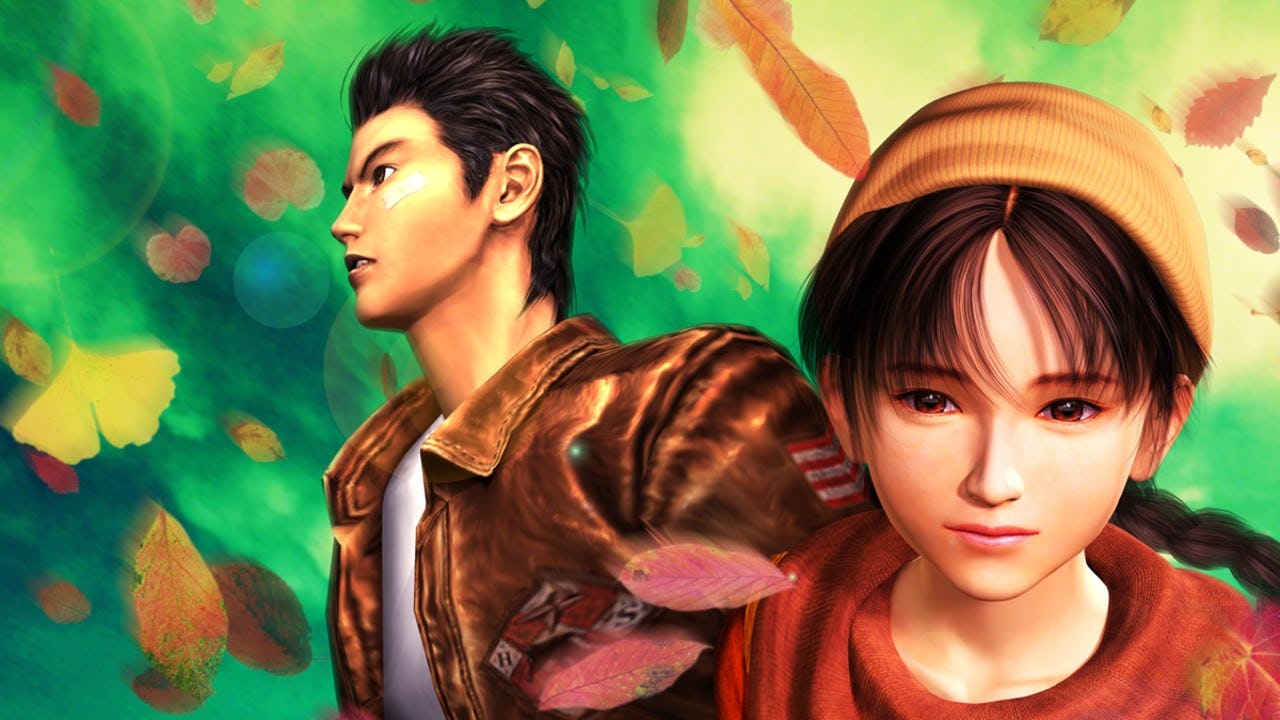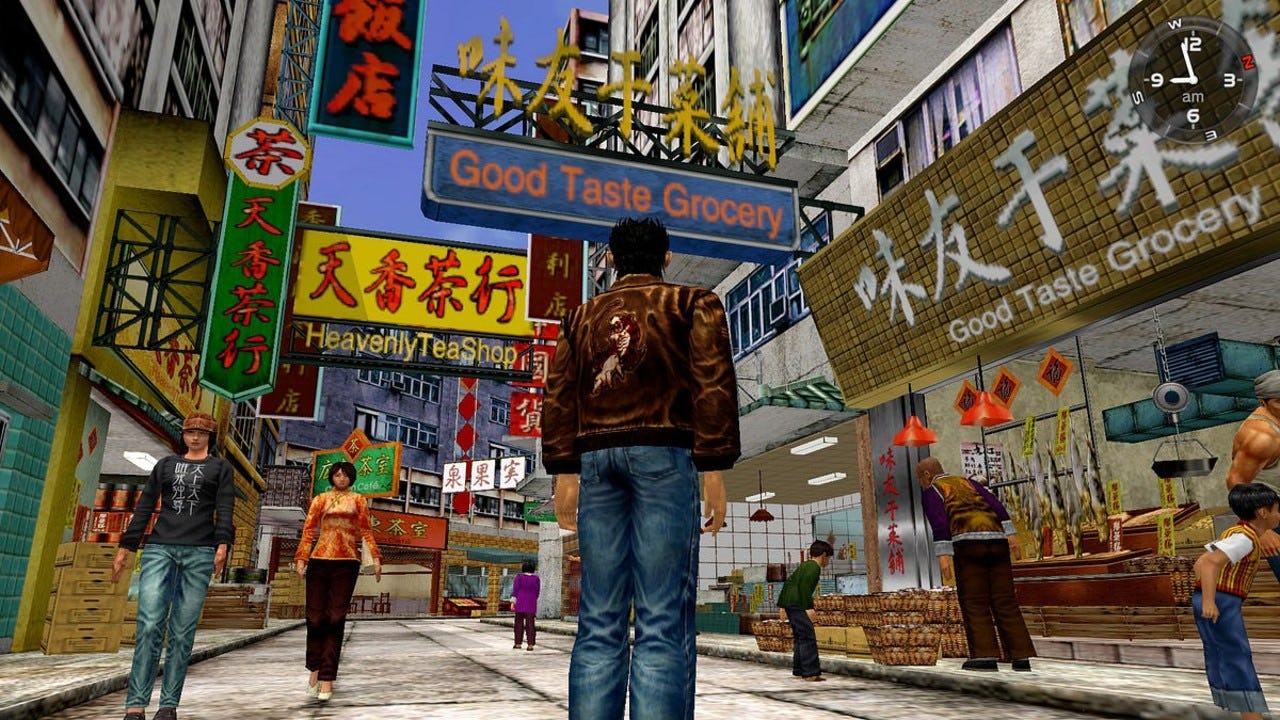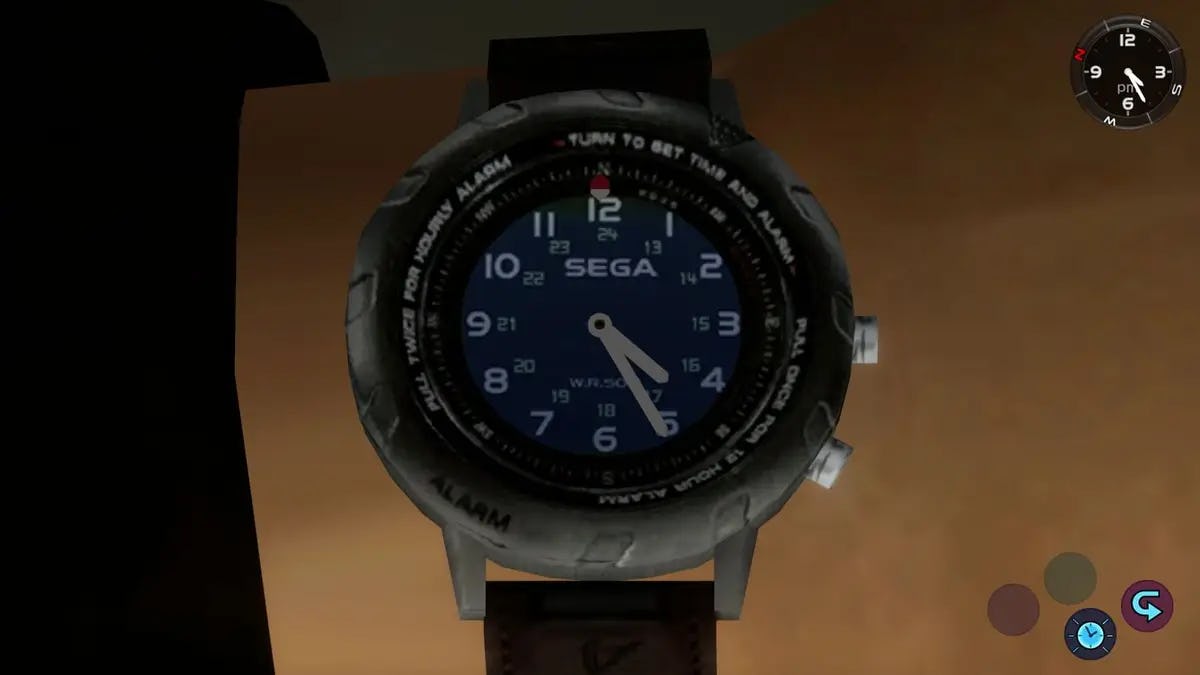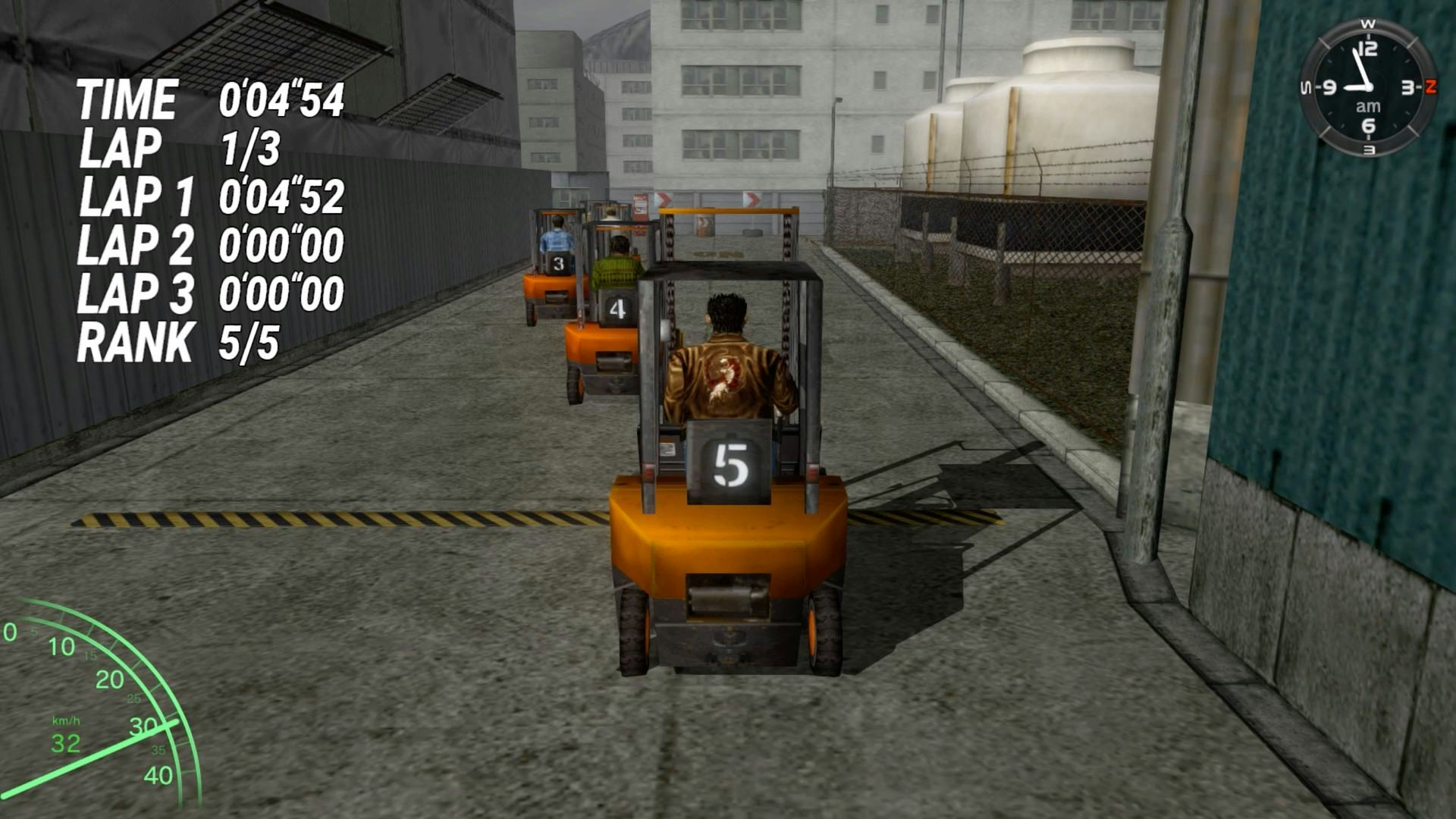
Open world is a term you see everywhere, but these days it's less a genre and more something synonymous with the very idea of video games themselves. An expansive world to explore and exist in is simply par for the course for modern games. But things weren’t always there, and you can even trace the idea of “open world” back to a single, monumental title — Shenmue. Simultaneously one of the most revolutionary games ever created and one of the most criminally overlooked, Shenmue’s influence can be felt in nearly every facet of video games.
Released on the Sega Dreamcast in 1999, Shenmue is the magnum opus of Yu Suzuki, an incredibly influential video game creator behind the likes of some of the biggest arcade games of all time — Hang-On, Space Harrier, Out Run, and Virtua Fighter, to name a few.

But all of those games are about immediate satisfaction, tight controls that let you instantly recognize your input on-screen. Shenmue is the exact opposite. A methodical slow-burn, Shenmue is a game entirely about unraveling its fascinating world and mystery and reveling in the mundanity of everyday life.
In Shenmu you play as a young martial artist named Ryo Hazuki, who sets out to get revenge for his father’s murder. Ryo doesn’t know anything about who did it, other than the fact he’s a Chinese martial artist of great skill named Lan Di. Ryo’s lack of knowledge isn’t just a plot device, but a vessel to drop the players themselves into a world they need to explore and question — a reason for the game’s systems to work.
Taking place in 1980s Yokosuka, Japan, you need to explore the various cities you travel to, meet the townspeople and solve their problems, uncover mysteries related to Lan Di, and find no shortage of things to distract you along the way. This was the first game to really craft a living, breathing world that went about its business entirely on its own. NPCs have their own schedules and jobs to go about, rainy weather would roll in and people would run for cover, and the passage of time locks off both main quests and side events.

A Bold First
You might hear all these things now and say that sounds pretty normal — but in 1999 it was unprecedented. Shenmue wasn’t the first game to use something like a day/night cycle, but it was the first to implement that in a living world and use it in a way that could punish players — if they took too much time to do everything.
The time limit in Shenmue isn’t terribly restrictive, the game starts in November 1986 and ends in April 1987. Each day is roughly one-hour of real-time, but the catch is that Shenmue doesn’t give you nearly any guidance, you’re simply let loose into its world. You need to figure out how to progress through the story by talking to characters and tracking down leads, but it’s not always obvious what you need to do. Because the game takes place in self-contained locations, you’ll also be spending a lot of time in the same cities, needing to recognize how people’s activities and schedules change — even if they’re suspicious.
Of course, that’s not the only thing you’ll be doing as the game has a whole combat system and quick time events — elements that frankly aren’t the focus. Fighting is more of a means to the end to emphasize the world and Ryo’s personality and makes up a fraction of the time you spend playing Shenmue. As such, the game’s combat feels unwieldy, battles are unpredictable and wild, and are something you feel you want to avoid, as they break up the mundanity of everyday life.

Another way of putting it: Shenmue isn’t exactly the most fun to play, but all the more brilliant for it. Most of what you’re doing is running around a bustling city. It’s kind of boring, until you learn to appreciate the rich detail layered into every aspect of Shenmue. Buses run on the same schedule every single day. You can collect dozens of little figures from vending machines, if you want to spend your hard-earned money. Getting a part-time job moving crates with a forklift feels just as frustrating as it’d be in real life. Shenmue also manages to be a fascinating time capsule of the 1980s with its neon-lit arcades and representation of life in Japan — a vital way to preserve what culture was like at that time.
It’s easy to see why Shenmue didn’t land with players when it released in 1999. It was a bizarre, obtuse game that was aggressively “ahead of its time.” But as the years have passed it’s easier to see how important Shenmue really is, how its delightfully detailed world inspired the development of open worlds at large, and reactive locations that respond to the player’s actions.
You can see the influence of Shenmue in dozens of different games — the schedules of NPCs in Elder Scrolls, the sense of discovery in The Witcher 3, and the passage of time in Yakuza games. Modern video games owe an unbelievable amount to what Shenmue invented, and even if its not the most gripping game to play, it’s vital place in history is enough to warrant a playthrough.







